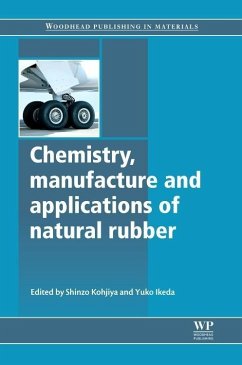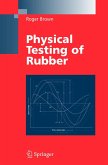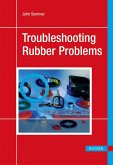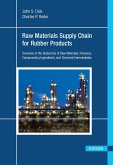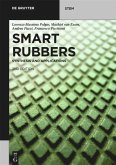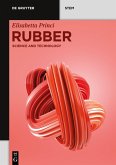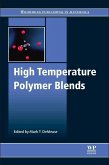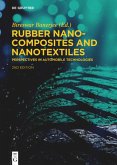The growing demand for more sustainable materials has led to increased research on the properties of natural rubber. Chemistry, Manufacture and Applications of Natural Rubber summarizes this research and its significance for the industrial applications of natural rubber.
Chapters in part one explore the properties and processing of natural rubber, including the biosynthesis of natural rubber in different rubber-producing species, chemical modification of natural rubber for improved performance, and the effect of strain-induced crystallization on the physical properties of natural rubber. Further chapters highlight hydrophobic and hydrophilic silica-filled cross-linked natural rubber and computer simulation of network formation in natural rubber. Part two focusses on applications of natural rubber, including eco-friendly bio-composites using natural rubber matrices and reinforcements, soft bio-composites from natural rubber and marine products, natural rubber for the tire industry, the application of epoxidized natural rubber in pressure sensitive adhesives (PSAs), and the use of natural rubber for vibration isolation and earthquake protection of structures. Finally, chapters in part three consider environmental and safety issues associated with natural rubber, including improving the sustainable development of natural rubber, the recycling of natural and synthetic isoprene rubbers and of sulfur cross-linked natural rubber, and recent research on natural rubber latex allergy.
Chemistry, Manufacture and Applications of Natural Rubber is a comprehensive resource for academics, chemists, chemical engineers, mechanical engineers, and other professionals in the rubber industry, as well as those industries, including automotive, civil, and medical engineering, using natural rubber products.
Hinweis: Dieser Artikel kann nur an eine deutsche Lieferadresse ausgeliefert werden.
Chapters in part one explore the properties and processing of natural rubber, including the biosynthesis of natural rubber in different rubber-producing species, chemical modification of natural rubber for improved performance, and the effect of strain-induced crystallization on the physical properties of natural rubber. Further chapters highlight hydrophobic and hydrophilic silica-filled cross-linked natural rubber and computer simulation of network formation in natural rubber. Part two focusses on applications of natural rubber, including eco-friendly bio-composites using natural rubber matrices and reinforcements, soft bio-composites from natural rubber and marine products, natural rubber for the tire industry, the application of epoxidized natural rubber in pressure sensitive adhesives (PSAs), and the use of natural rubber for vibration isolation and earthquake protection of structures. Finally, chapters in part three consider environmental and safety issues associated with natural rubber, including improving the sustainable development of natural rubber, the recycling of natural and synthetic isoprene rubbers and of sulfur cross-linked natural rubber, and recent research on natural rubber latex allergy.
Chemistry, Manufacture and Applications of Natural Rubber is a comprehensive resource for academics, chemists, chemical engineers, mechanical engineers, and other professionals in the rubber industry, as well as those industries, including automotive, civil, and medical engineering, using natural rubber products.
Hinweis: Dieser Artikel kann nur an eine deutsche Lieferadresse ausgeliefert werden.

